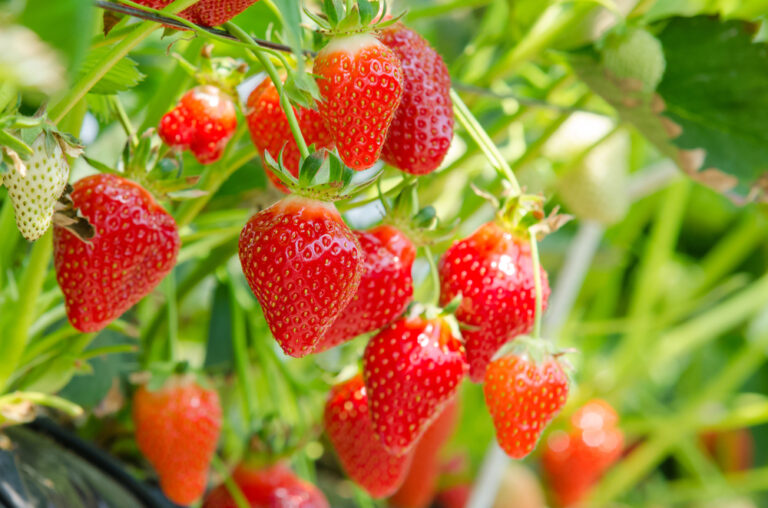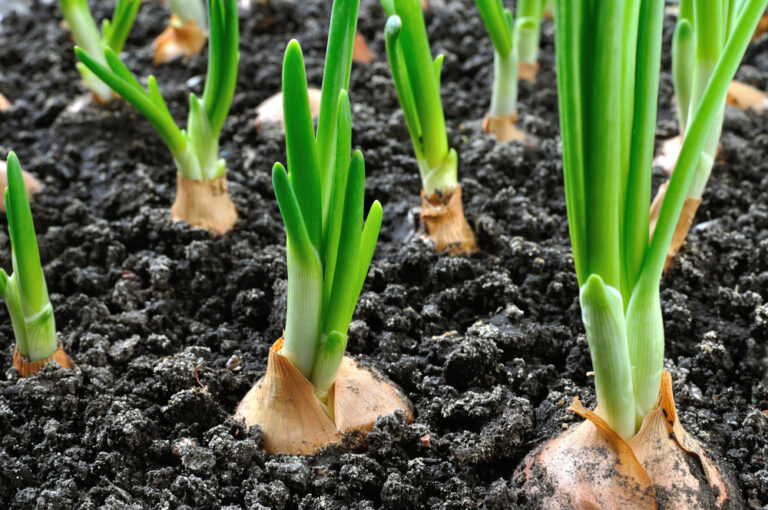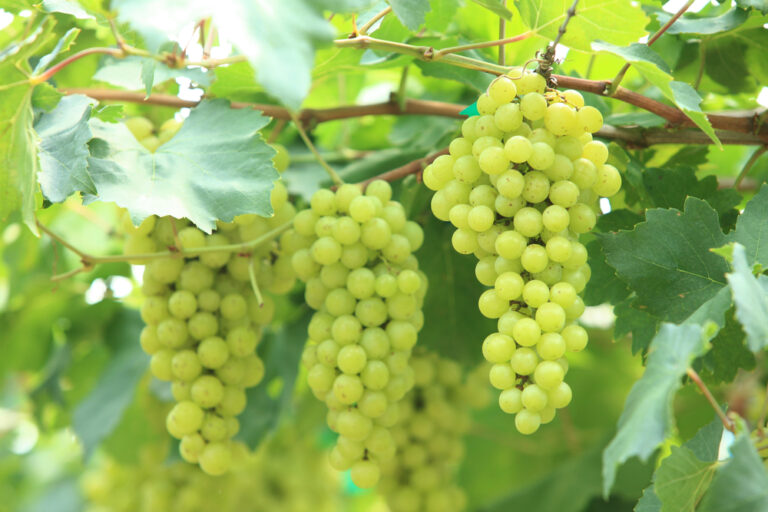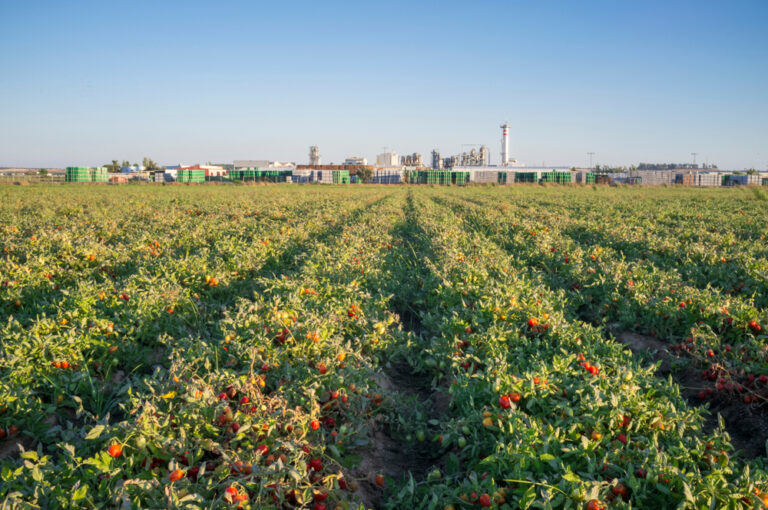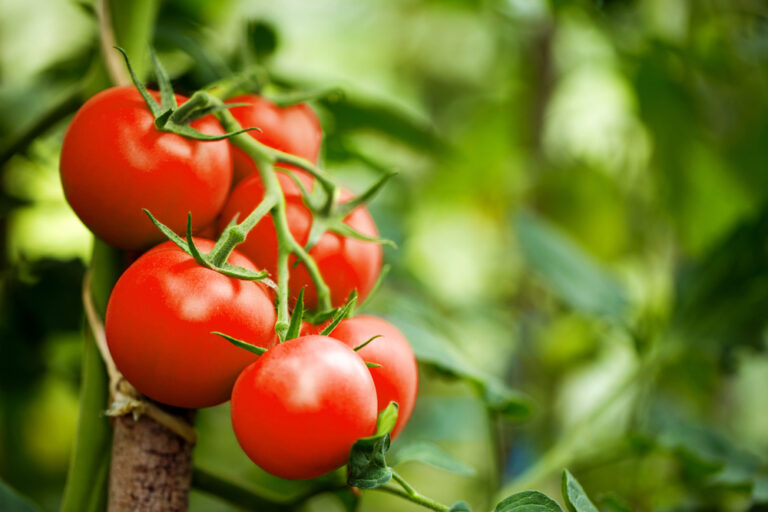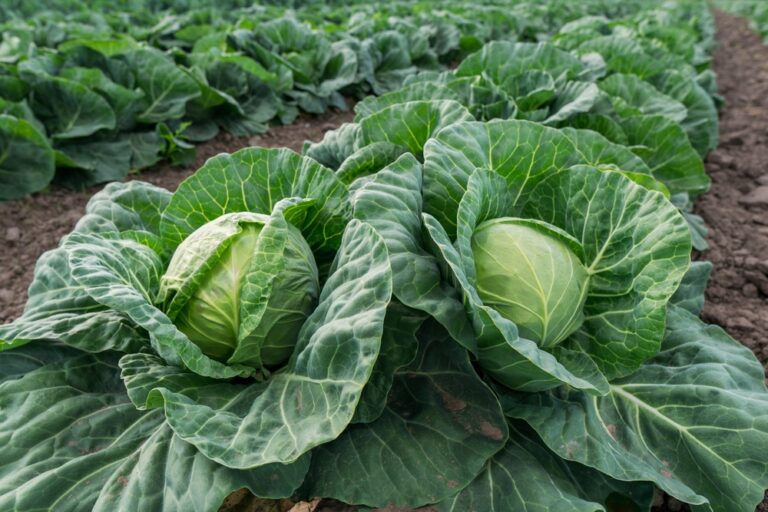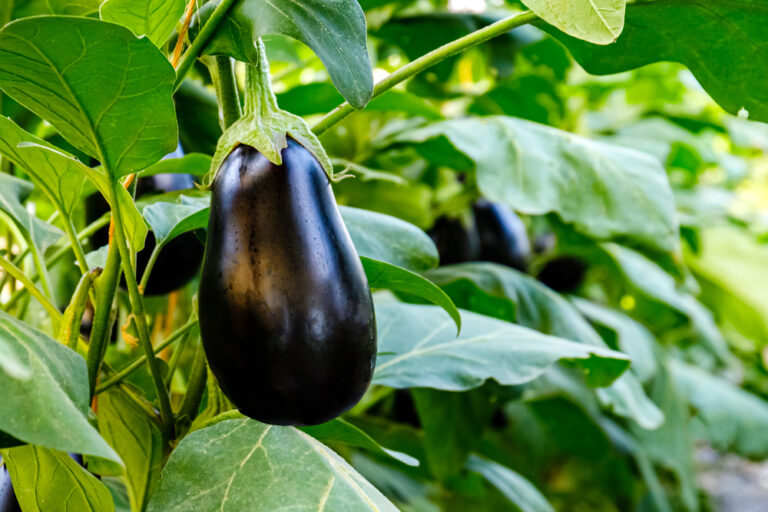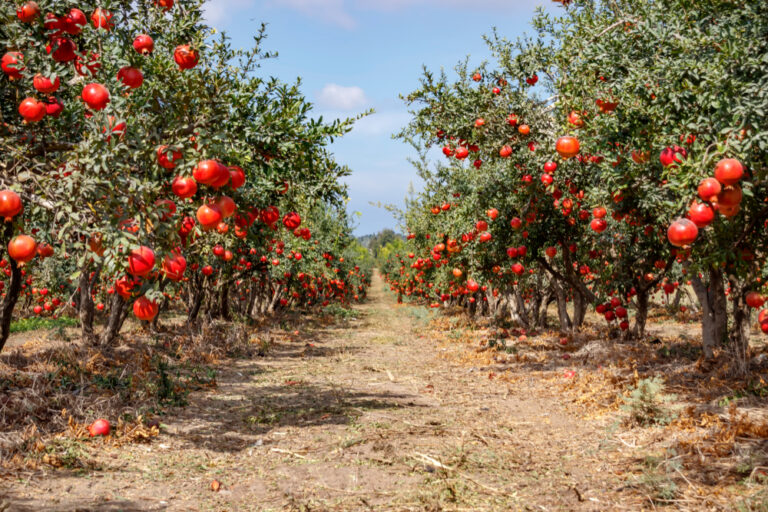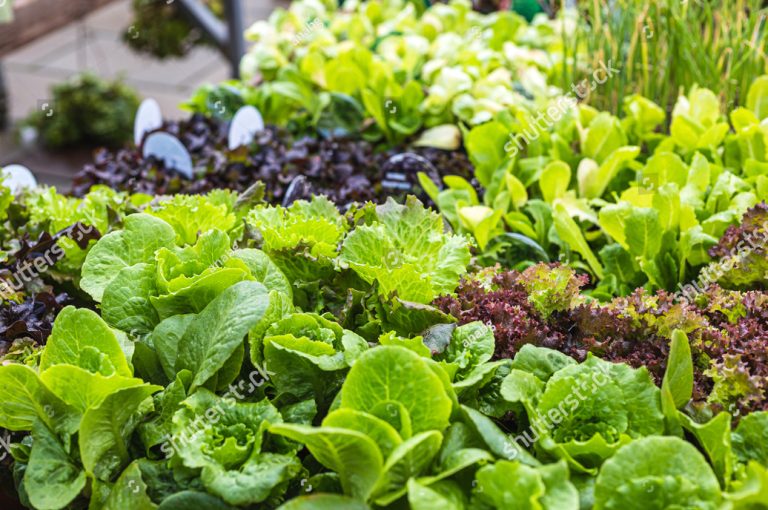Crop Fertilization Programs
Vita Chemie’s trained agronomists have compiled all the necessary fertilization instructions, in order to achieve the maximum possible result in the quantity and quality of the crop’s production.
Frequently Asked Fertilization Questions and Answers
Find all the answers to the most frequently asked questions of Vita Chemie customers and solve your problem easily and quickly
When is the season to fertilize citrus trees?
Fertilizing citrus fruits is an important step in producing healthy and quality fruit. However, the season and method of fertilization may vary depending on the species, climate and soil. Generally:
- Spring: This is usually the main fertilization period for citrus. Fertilizing in spring helps stimulate growth and enhance flowering.
- Summer: A light fertilization can be done, especially if plant needs have not been met during spring fertilization.
- Fall: In some cases, a light fertilization in the fall can help plants prepare for winter, but this is not always recommended as it can cause new growth that will be vulnerable to the cold.
It is important to note that fertilization should not be done excessively, as this can lead to problems such as the development of very green foliage with a lack of fruit. It is a good idea to consult with local experts or read specific instructions for the type of citrus you are growing.
What is olive foliar fertilization and how is it done?
Foliar fertilization is a method of applying nutrients directly to plant leaves by spraying. In the case of the olive, foliar fertilization can be used to quickly address deficiencies in certain nutrients, such as calcium, magnesium, zinc or iron.
Before proceeding with foliar fertilization, it is advised to do a soil and foliar analysis to determine the exact nutrient needs of your plants.
How is foliar fertilization done?
- Selection of Fertilizers: Choose a fertilizer that is suitable for foliar application and that contains the necessary nutrients.
- Dissolving: Dissolve the fertilizer according to the manufacturer’s instructions. A liquid form of fertilizer that dissolves easily in water is often used.
- Spraying: Use a sprayer to apply the dissolved fertilizer to the olive leaves. It is important to cover both sides of the sheet.
- Attention to Frequency and Dosage: Follow the instructions for frequency and dosage recommended by the manufacturer or a specialist.
- Precautions: Apply the fertilizer on windless days and not during the hottest hours of the day to reduce the risk of phytotoxicity.
- Monitoring: Monitor plants after application to see if nutrient needs have been met and adjust future applications accordingly.
Foliar fertilization does not replace classical fertilization through the soil, but can be used as a complementary method to deal with specific problems.
What is olive fertilization with manure
Fertilizing the olive tree with manure is a traditional and ecological practice that has been used for centuries. Manure contains a number of nutrients, including nitrogen, phosphorus and potassium, which are important for olive growth.
How is manure fertilization done?
Selection and Preparation of Manure: Manure must be well-rotted and free of foreign elements such as plastics or glass.
- Dosage: The amount of manure to be used depends on the type of soil, the age of the trees and the overall needs of the crop. As an example, 5-10 kg of manure can be used per tree per year, but this can vary.
- Application: Spread the manure around the base of the tree, avoiding direct contact with the trunk.
- Incorporation into the Soil: It is good to lightly incorporate the manure into the soil using a hoe or other implement.
- Watering: Watering after application helps to better absorb nutrients from the tree.

